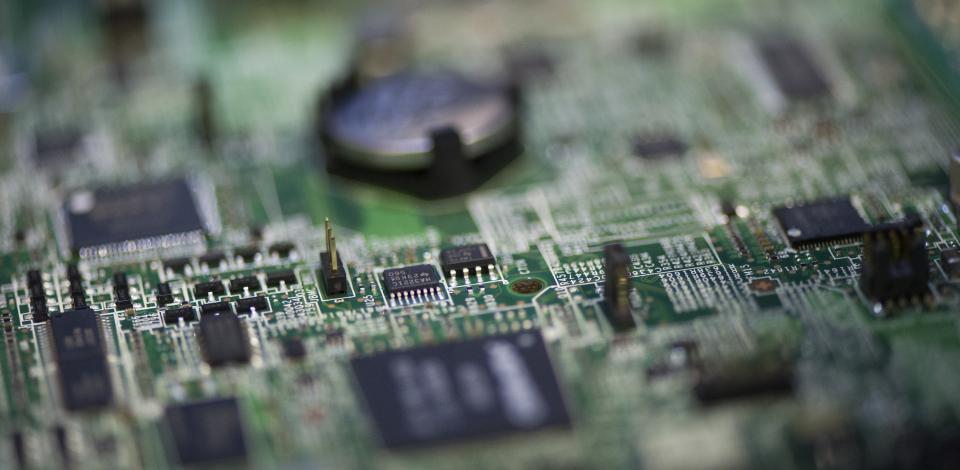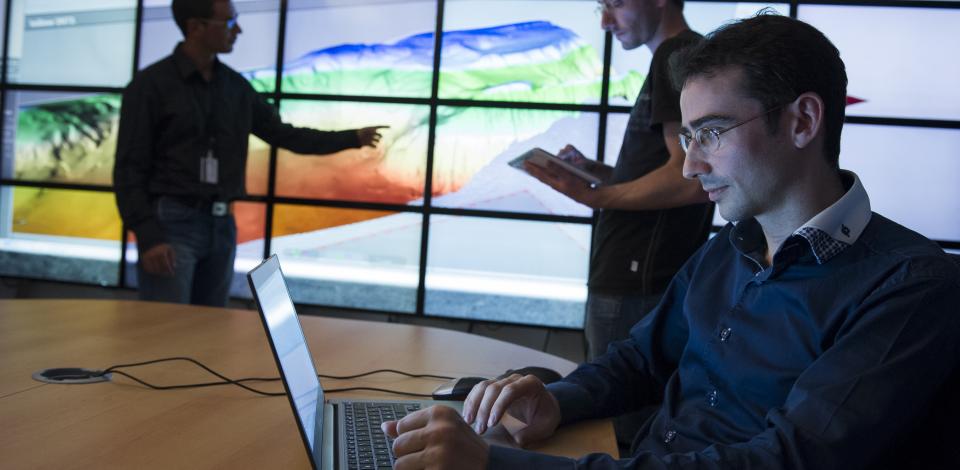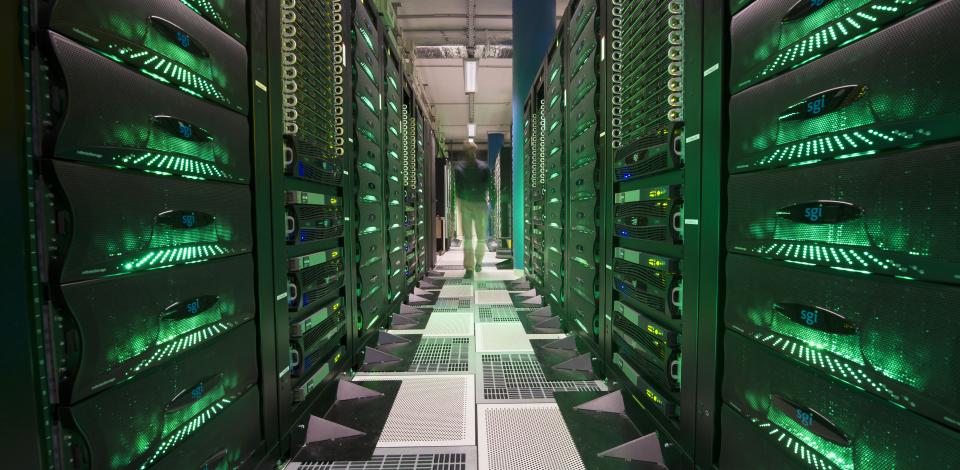In partnership with some of the worlds’ leading scientific research bodies, our R&D teams are defining the contours of our energy future. “With better knowledge comes better design, less environmental impact, and access to energy reserves for the global community in the years to come.” – Herve Coutrix, President & CEO, Total E&P Research &Technology USA, LLC
Partnering with the best in academia
To detect the most promising innovations at the earliest possible stage, we track down outstanding skills and cutting-edge knowledge through strategic alliances with the world’s leading academic and industrial research entities. In Houston, Texas, where the bulk of TotalEnergies' quantitative seismic imaging R&D efforts are centered, we are pursuing our research and innovation in partnership with the University of Texas, the University of Houston, Rice, Purdue, Stanford, and M.I.T, among other leading universities here in the United States and around the globe.
TotalEnergies is proud to fund research programs with such universities, bringing together a community of world class researchers, doctoral candidates and experts with complementary backgrounds and know-how, united in their efforts to attain common goals. Students from these research groups are often selected to participate in summer internships with Total E&P R&T USA, and conversely, TotalEnergies also sponsors some students to work collaboratively within the university teams for extended projects.
Breakthrough technologies
In the field of 3D seismic imaging, TotalEnergies is the vanguard. Today we are focusing on innovations to deliver reliable 3D models of the subsurface and near-surface. Our aim is to invent new integrated systems that will improve our acquisition of data, which we will then process and interpret at various scales and resolutions. We invented and industrialized several major advances in depth imaging for highly complex structures and are advancing our seismic acquisition tools and processes.
Our goal is to quickly obtain quality information that will give us a crucial competitive edge in understanding the geology of complex, hard to access resources. Additionally, by improving the accuracy and reliability of our reservoir simulations, we aim to reduce the number of wells drilled, in turn reducing environmental footprint, reducing energy consumption, and optimizing recovery.




